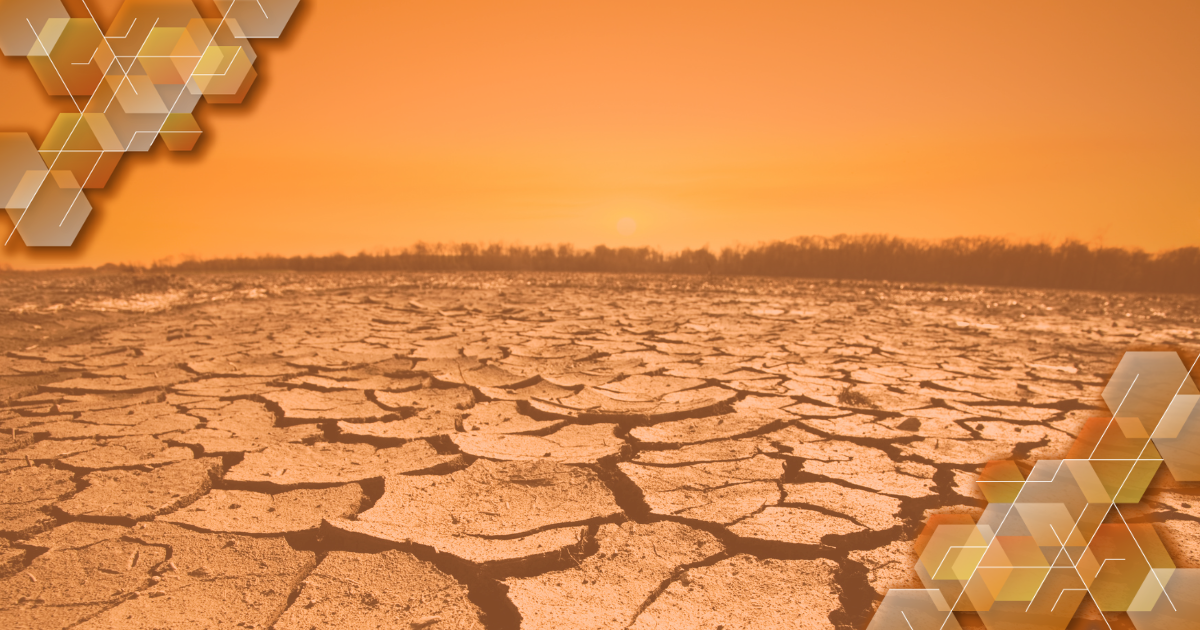
What Can We Do Together to Address Desertification and Drought?
17 June 2022
Author : Wisnu Pudji Pawestri
Editor : Intan Manikam Asmara
Every 17th of June, there is an important day known as World Day to Combat Desertification and Drought. Drought, with a focus on early action to prevent disastrous outcomes, is the theme of this year’s Desertification and Drought Day. Announcing the theme of 2022 Desertification and Drought Day “Rising up from drought together”, Ibrahim Thiaw, UNCCD Executive Secretary, said: “Droughts have been part of human and natural systems, but what we are experiencing now is much worse, largely due to human activity. Recent droughts point at a precarious future for the world. Food and water shortages as well as wildfires caused by the severe drought have all intensified in recent years.”
Between 1900 and 2019, droughts impacted 2.7 billion people in the world, and caused 11.7 million deaths. Currently, forecasts estimate that by 2050 droughts may affect over three-quarters of the world’s population (UNCCD, 2022). Drought is one of the most destructive natural disasters in terms of the loss of life, arising from impacts, such as wide scale crop failure, wildfires and water stress. Low rainfall or extreme rainfall variability and high temperatures can create drought and exacerbate desertification. ‘On the ground, droughts manifest themselves in vegetation stress and ultimately loss of green vegetation cover, decreases in stream flow, and the dying out and cracking of soil surfaces’ (Herrmann and Hutchinson, 2006). Exacerbated by land degradation and climate change, droughts are increasing in frequency and severity, up 29% since 2000, with 55 million people affected every year.
One of the best and most comprehensive ways to do so is through land restoration, which addresses many of the underlying factors of degraded water cycles and the loss of soil fertility. We must build and rebuild our landscapes better, mimicking nature wherever possible and creating functional ecological systems (UNCCD, 2021). Restoration helps vulnerable communities adapt to droughts by, for example, increasing water infiltration and retention, which in turn increases agricultural production. Such measures would reduce the estimated 700 million people at risk of being displaced by drought by 2030.
Furthermore, the UNCCD (2021) asserts that we need to do several things:
- Sustainable and efficient agricultural management techniques that grow more food on less land and with less water.
- Changes in our relationships with food, fodder and fiber, moving toward plant-based diets, and reducing or stopping the consumption of animals.
- Protect water sources and water springs.
- Protect forests.
- Plant trees and rehabilitate land.
- Build reservoir to collect rainwater.
- Use water wisely.
- Make biopore infiltration holes.
-----
References
- Herrmann, S. and Hutchinson, C. 2006. Links between land degradation, drought, and desertification. In: P. M. Johnson, K. Mayrand and M. Paquin (eds), Governing Global Desertification. London, Ashgate Press.
- UNCCD. 2022. United Nations Convention to Combat Desertification.
- UNCCD. 2021. United Nations Convention to Combat Desertification.
-----
Additional information:
The contents of the article, both the chosen point of view and the ideas included are the full responsibility of the author. This article is not intended to convey the official views of CARI!





